Strategies in B2B Sales
In the world of business, the B2B sales approach is overtaking all other ways goods and services are purchased. No longer is there partisan interactions between the salesperson and a myopic buyer. The buyer now has all the information and control over the purchase. With this B2B generation, they hold much of the information about the product and a degree of understanding of 'what they don't know'.
01. No Pressure Sales
If anyone is selling any product in the B2B world means directly communicating with the buyer, but to inform; not to sell the item to them. If they are asking you questions about the product, it means they have already done the research and want just a bit more information. It also means that trying to pressure them into a sale could ultimately lose you the sale.
Technology is what has changed the face of how the world buys and sells its goods. In a lot of cases, no longer is there a need for human interaction. All that is needed is a computer with a good internet connection. "Conversational selling" is the term for this new way of seller-buyer interaction. In conversational selling, visitors are enticed to a website or to an item and you nurture a relationship with them without mentioning a product. The seller is there for nothing more than consultation. Nothing will happen until the buyer is ready.
The way to make this selling-buying relationship work is to make sure the interactions are relevant to what the buyer wants and helpful. A strong customer data management platform is required to allow all team members to access the data collected from each buy so they too can be informed. Having a customer purchasing history means having a wealth of data to draw from about how they shop and what they are buying.
02. Customer Reviews
The new way of interacting between buyer and seller means that word-of-mouth is how a product or a business gets its name out. The buyers rely heavily on the online marketplace to inform them, not only about the product but about the business and people who sold it to them. Peer recommendations and social media drive a lot of their buying and a bad review can negatively affect an entire organization.
Third-party review sites also can help make this new social interaction work. Getting your business or product name onto a personal blog or platform can mean your customer base expands beyond your community. This relationship also puts the customer in control of promoting and selling the product. Their good experience translates into adding them to your sales team. It also means adding social media as a tool to promote yourself and your business.
03. Research
The B2B buyer generation has the internet at their fingertips at all times. They also have the knowledge to track down whatever they need to become informed. Google is their main platform for researching items, people, and companies. This also means being able to narrow down your search field to area-specific searches. It means using Google algorithms to shrink your search fields down to smaller amounts of information. This means making sure you add local search parameters and specific keywords.
04. Apps
Part of the new way of selling yourself and your product is having a mobile app to direct your customers directly to your website without giving them the option of using Google to find a variety of prices to compare. Mobile websites allow the seller to make sure the customer is viewing their website and their products exclusively. It eliminates the price comparison or deeper research to only what is in the app.
Keywords
70% of web searches have long keyword searches. Adding strategically placed keywords to your search means having a greater chance of picking up web traffic. The people using a long string of keywords are more likely to be ready to buy the product and are in the process of selecting who they will use to do this.
Pilot our software free of charge and increase your website's leads




